Mental Health: Medical Yoga Therapy
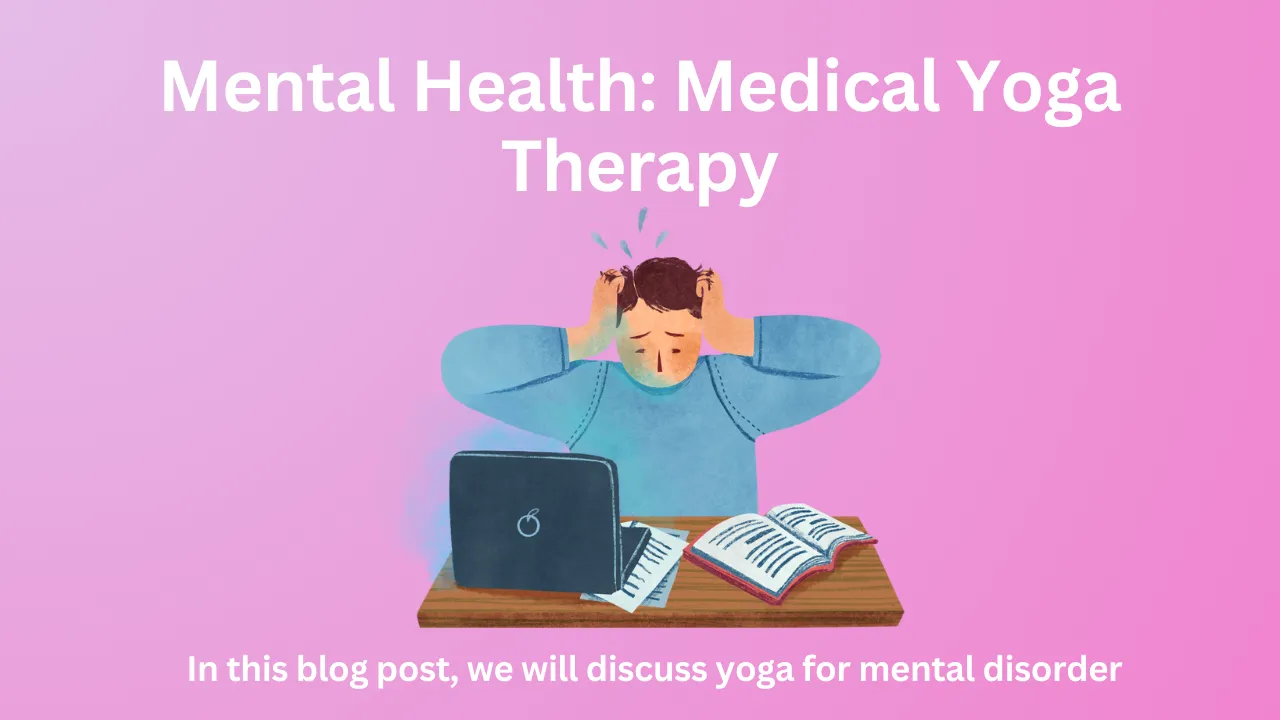
As a yoga beginner, I also don’t know what yoga therapy has been like in the past. Or does yoga work as therapy? I have read many research articles on yoga as a medical therapy. Many doctors use yoga to treat diseases. In this era, yoga is used as a medical practice. Let’s start reading more about yoga. As a beginner, you don’t know what yoga therapy is or how it works as a therapy for mental health diseases.
The theory of yoga holds that the mind and body are not distinct entities, but rather components of an interconnected system. This implies that we may target certain bodily activities to improve the mind, and vice versa. A technique used in one area, like breathing exercises, can have a significant impact on an entirely unrelated region of the body or the mind.
Yoga Therapy
A yoga therapist, for instance, could teach a client a specific kind of breathwork called pranayama to aid with their chronic asthma; if the client does those breathing techniques daily, she may also see an improvement in her long-standing worry. Yoga therapy can help with mood control and general emotional balance. There is encouraging research about the impacts of yoga on certain issues, and yoga has been utilized as adjuvant therapy for anxiety.
Mental Health: What Is It?
A person in good mental health recognizes their talents, can handle everyday stress, can work effectively and efficiently, and can give back to their community. The outcome of the intricate interaction between several individual and environmental factors, including the following, is both physical and mental health:
A family history of illnesses and genetic disorders
Lifestyle and health behaviors (such as smoking, exercising, and drug usage) Stress levels at work and in personal life.
- Toxin exposure.
- Trauma exposure
- Personal life circumstances and history.
- Availability of resources (e.g., prompt medical attention, social services)
- Adaptation techniques
What Does Mental Illness Entail?
A mental illness is a physical disorder that interferes with a person’s everyday functioning, thinking, emotion, mood, and ability to relate to others. Similar to diabetes, which is a pancreatic problem, mental disorders are medical conditions that frequently lead to a reduced ability to manage day-to-day tasks.
Major depressive disorder, schizophrenia, bipolar disorder, OCD, panic disorder, posttraumatic stress disorder (PTSD), and borderline personality disorder are examples of serious mental diseases. Recovering from mental illness is possible, which is excellent news.
People of every age, color, religion, or financial status can suffer from mental diseases. Character defects, weakness, or a poor upbringing are not the cause of mental illnesses. Mental health problems have treatments available. The majority of individuals who are diagnosed with a severe mental illness may find relief from their symptoms via active engagement in a personalized treatment plan.
Learn more about a certain mental health condition:
- Anxiety Disorders
- Autism Spectrum Conditions
- The condition is known as Attention-Deficit/Hyperactivity Disorder (ADD/ADHD)
- Manic Depression
- Disorders of Borderline Personality
- Depression
- Disorders of Dissociation
- Dual Diagnosis: Mental Illness and Substance Abuse
- Disorders Related to Eating
- OCD, or obsessive-compulsive disorder
- Anxiety
- Disorders of Posttraumatic Stress
- Schizophrenia
- Seasonal Affective Disorder
- Schizoaffective Disorder
Depression/Anxiety
Reviews of a variety of yoga techniques indicate that they may be beneficial for treating anxiety and depression, as well as lessening the effects of heightened stress reactions. This is how yoga works, much like other self-soothing methods like exercise, meditation, relaxation, or simply hanging out with friends.
Yoga seems to alter stress response systems by lowering stress and anxiety.
Consequently, there is a reduction in physiological arousal, leading to a drop in heart rate, blood pressure, and respiratory difficulty. Additionally, there is proof that yoga exercises enhance heart rate variability, a sign of the body’s increased adaptability to stress.
Psychologist Benefits of Yoga
Psychotherapist and author of Yoga and the Search for the True Self Stephen Cope claims that the postures of hatha yoga elevate mood by rerouting energy via areas of the body that hold anger or sadness. The teacher’s kind and welcoming remarks may also assist kids in dispelling ideas that limit them.
Pranayama techniques
One of the most popular and beneficial pranayama techniques is nadishodhana, often known as alternating nostril breathing. The goal of this technique, according to Ayurvedic medicine, is to cleanse the body’s pranic pathways.
Nadishodhana Understanding
From a less mystical perspective, Nadishodhana works by stimulating the same energy channels linked to balancing the hemispheres of the brain in acupuncture, thereby bringing the body—and therefore the mind—into a state of balance and neutrality. Not so esoterically, Western medicine has long understood that nostril breathing indicates a condition of balance in the body, whereas mouth breathing indicates a state of tension.
Yoga Exercises for Depression and Anxiety
Healing Hatha Yoga
An all-around restorative hatha yoga practice may also be beneficial for anxiety and despair.
Instead of being done for physical fitness, restorative yoga uses the poses as a kind of mindful meditation, a way to reduce stress, and a way to relax the body.
To help patients avoid harmful patterns of behavior in the future, working with the body and practicing conscious breathing may help them become more aware of their body and its messages. It could be simpler to sit comfortably in meditation if one feels more at ease in their body as a result of the mild stretching exercises.
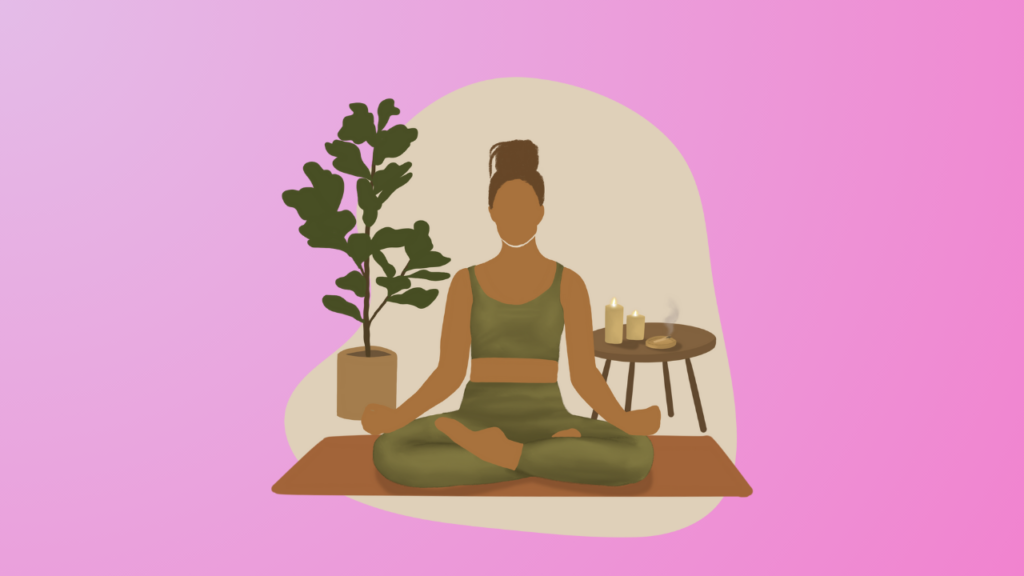
Uplifting the mood: Exercises for Breathing
How is it Beneficial?
- Reduces anxiety and despair.
- It calms the body and psyche.
Steps
- Starting from a seated posture (choose a comfortable chair), sit tall and extend your spine by reaching up through the top of your head.
- Close your lips and eyes, then start breathing through your nose.
- Focus on your breath, lengthening and relaxing it.
- Imagine that as you inhale, you are inhaling bliss, tranquility, and joy, filling your entire body with contentment.
- As you exhale, see yourself releasing any stress or anxiety, feeling your body unwind and release it.
- Maintain this mental imagery while taking eight to ten deep breaths in and out.
- Yogic Breath Complete (complete yogic breathing)
- Breathing in slowly and deeply allows the lungs to fill up, filling the belly and ribcage, and the upper chest expands during inhalation and returns to its original position during exhalation.
How Does It Work?
- Strengthens the lungs and calms the thoughts.
- Enhances calmness.
- Boosts blood flow
Actions: Fully exhale
When you inhale, the abdomen, rib cage, and chest all expand with the breath; it should feel like a wave of air rolling up the front of your body. - When you exhale completely, let your muscles relax and gently drop.
Repetition: 8–10 times
Using Yoga in Holistic Therapy
Integrative yoga is a specific set of breathing exercises, yoga postures, and meditation techniques that may hold the secret to revealing some of the most important health advantages. Regular yoga practice can bring some relief to those who bear the burden of chronic illness. Yoga’s therapeutic properties can aid in the natural prevention, treatment, and recovery of chronic illnesses.
Integrative Yoga
Integrative yoga can enhance indications of pain, suffering, and limits that negatively impact one’s quality of life, both apparent and unseen. Yoga’s revitalizing, calming, and restorative qualities have made it more popular as a treatment for a variety of common illnesses. Integrative yoga has been shown to reduce fear, anxiety, and irritability while increasing optimism, immunity, and self-acceptance.
How Integrative Yoga Help?
Integrative yoga helps with stress reduction and mental clarity, which enhances sleep quality and alleviates insomnia symptoms. Integrative yoga often promotes awareness, self-confidence, and a positive body image. Yoga also aids in the cessation of addictive behaviors and the prevention of the development of addictive habits.
Osteoarthritis, carpal tunnel syndrome, and persistent back pain are among the musculoskeletal conditions for which yoga practice has been shown to reduce discomfort and improve range of motion. Therefore, integrative yoga is a medicinal strategy that may aid people in healing from many ailments and concerns.
Conclusion
Even though several studies point to the advantages of yoga, it can assist in enhancing everyone’s mental health by lowering stress and enhancing quality of life through the prevention of physical and mental health issues in people of all ages. Yoga will probably aid with self-efficacy, self-competence, physical fitness, and group support. It could also work well as a helpful supplementary treatment to lessen mental health issues. If you ever feel confused or need guidance, reach out to us through our contact form. I wish you a fulfilling and perfect yoga experience ahead!
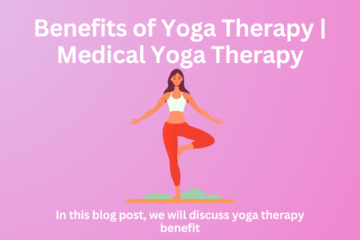
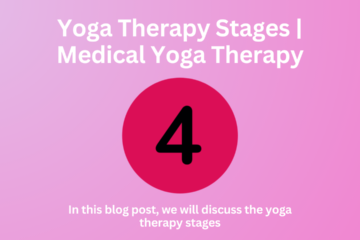
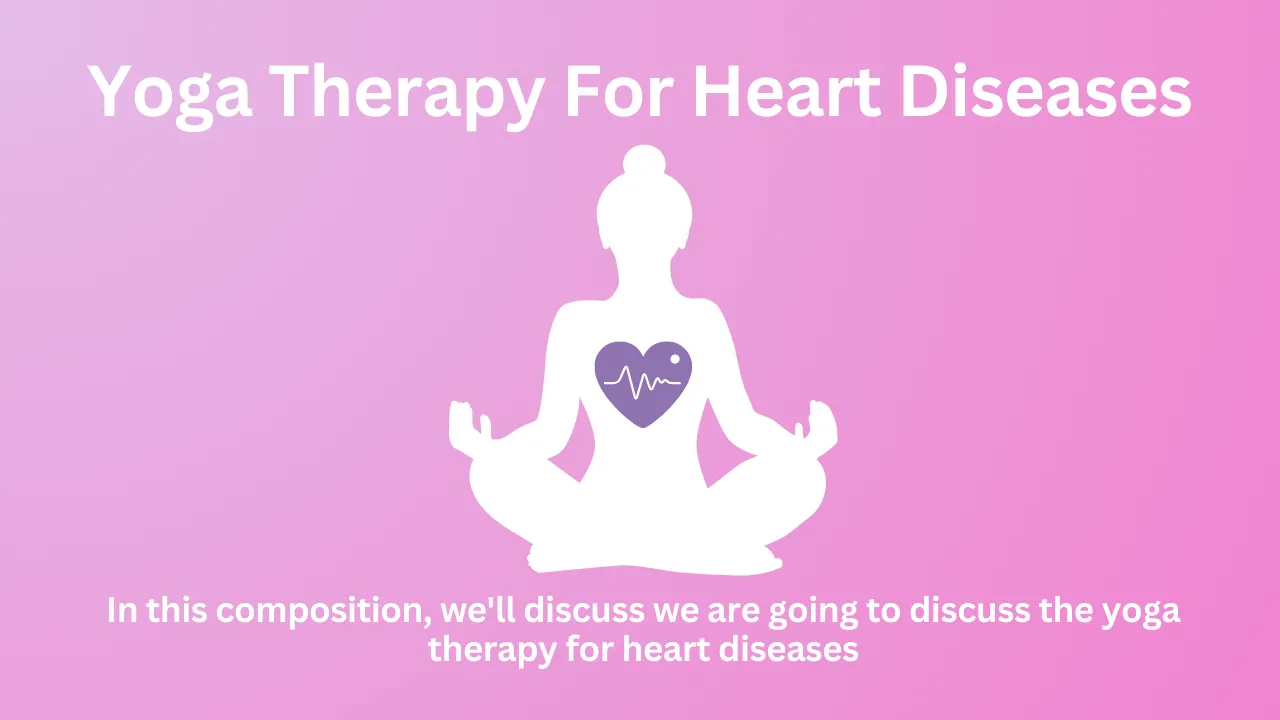
0 Comments